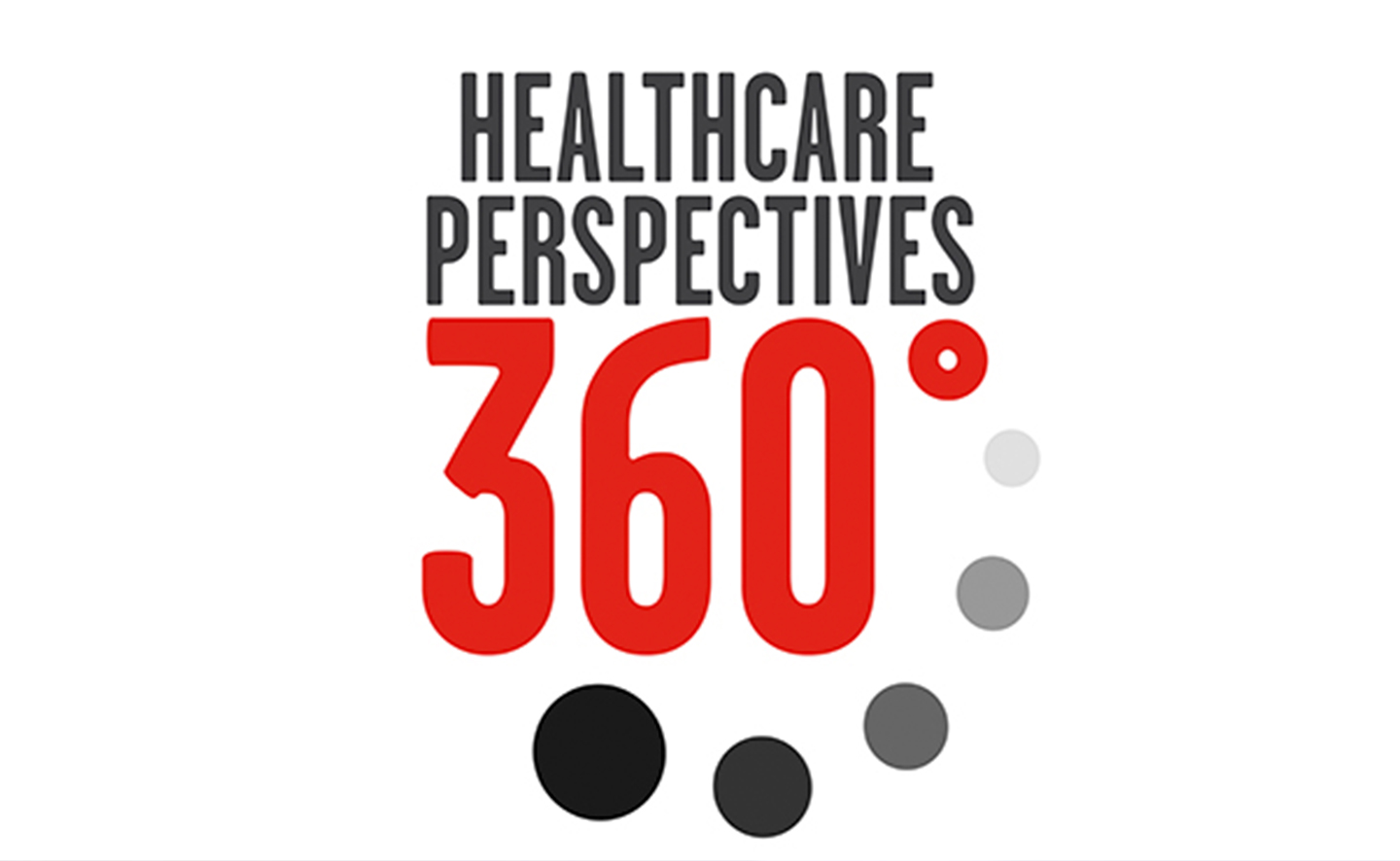Expert Insights
Thought Leadership from Our Experts
Latest Thinking

August • 12 • 2025
Hidden in Plain Sight: Exposing the Drivers of Diagnostic Error – Office-Based Practice
This white paper offers a pathway to reducing diagnostic errors in the healthcare office setting.

August • 12 • 2025
Healthcare Perspectives 360 Podcast
This series explores timely topics from multiple perspectives, such as physician, nurse, patient, lawyer, risk manager, or...
Listen to Podcast
July • 10 • 2025
Treating Out-of-State Patients
Prepare to safely deliver services and minimize risk by crafting policies and procedures designed for treating out-of-state...
Read Article
June • 13 • 2025
The Connection Between Physician Health and Patient Safety
Research has found a link between physician health and malpractice claims. Providing resources to support healthcare providers is...
Read Article
June • 12 • 2025
Wrong Tooth Extraction: Minimizing the Risk
Practices that proactively implement well-designed policies and procedures can prevent harm, improve patient outcomes, and reduce...
Read Article
May • 27 • 2025
Medical Record Documentation Is the Key to Malpractice Claims Defense
Accurate and thorough medical record documentation is crucial for defending against malpractice claims.
Read Article
May • 15 • 2025
Texting Orders: Minimizing the Risk to Patients
Texting important clinical information, such as orders, can create privacy and safety concerns in healthcare. Good policies and...
Read Article
April • 28 • 2025
Duty to Warn: Balancing Patient Confidentiality With Public Safety
When do mental health professionals have a duty to warn others of a threat a patient has made? State law varies considerably.
Read Article
April • 10 • 2025
Prescribing Compounded Drugs: Manage the Risk
Consider a number of issues when collaborating with compounding pharmacies.
Read Article
March • 13 • 2025
Prior Authorizations: Minimizing the Impact on Patients
Well-crafted policies and procedures, a sound tracking system, and creative problem-solving can help patients get the care they...
Read ArticleGet updates on the latest
Subscribe to our newsletter to stay in the know!
Get the latest news, white papers, analytics reports, podcasts, and more.